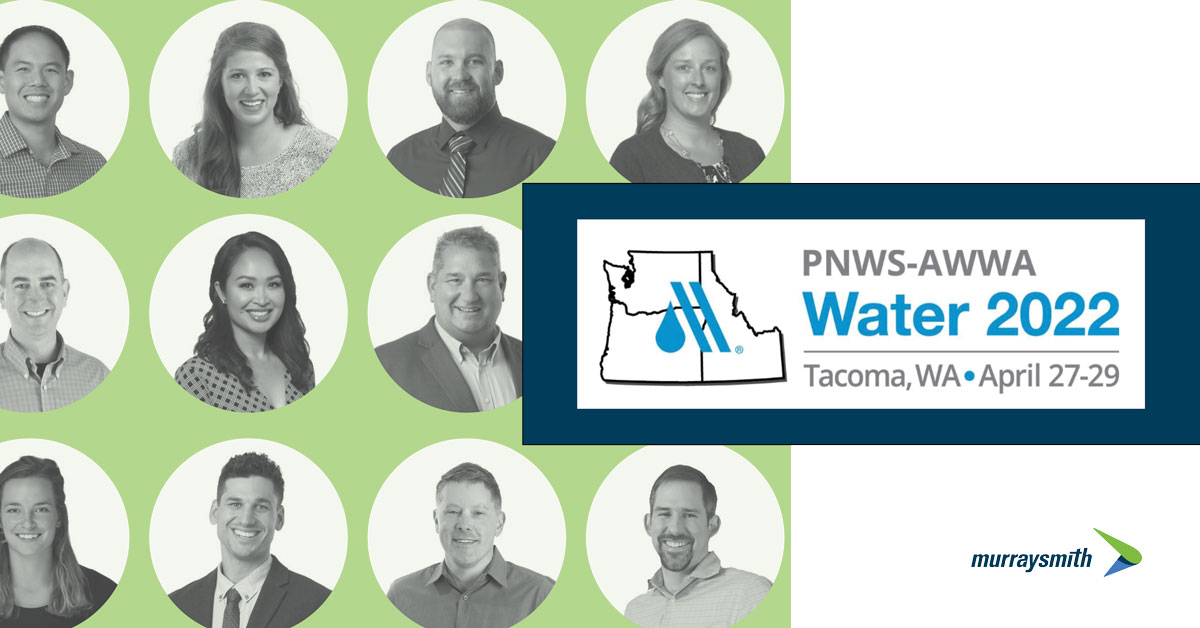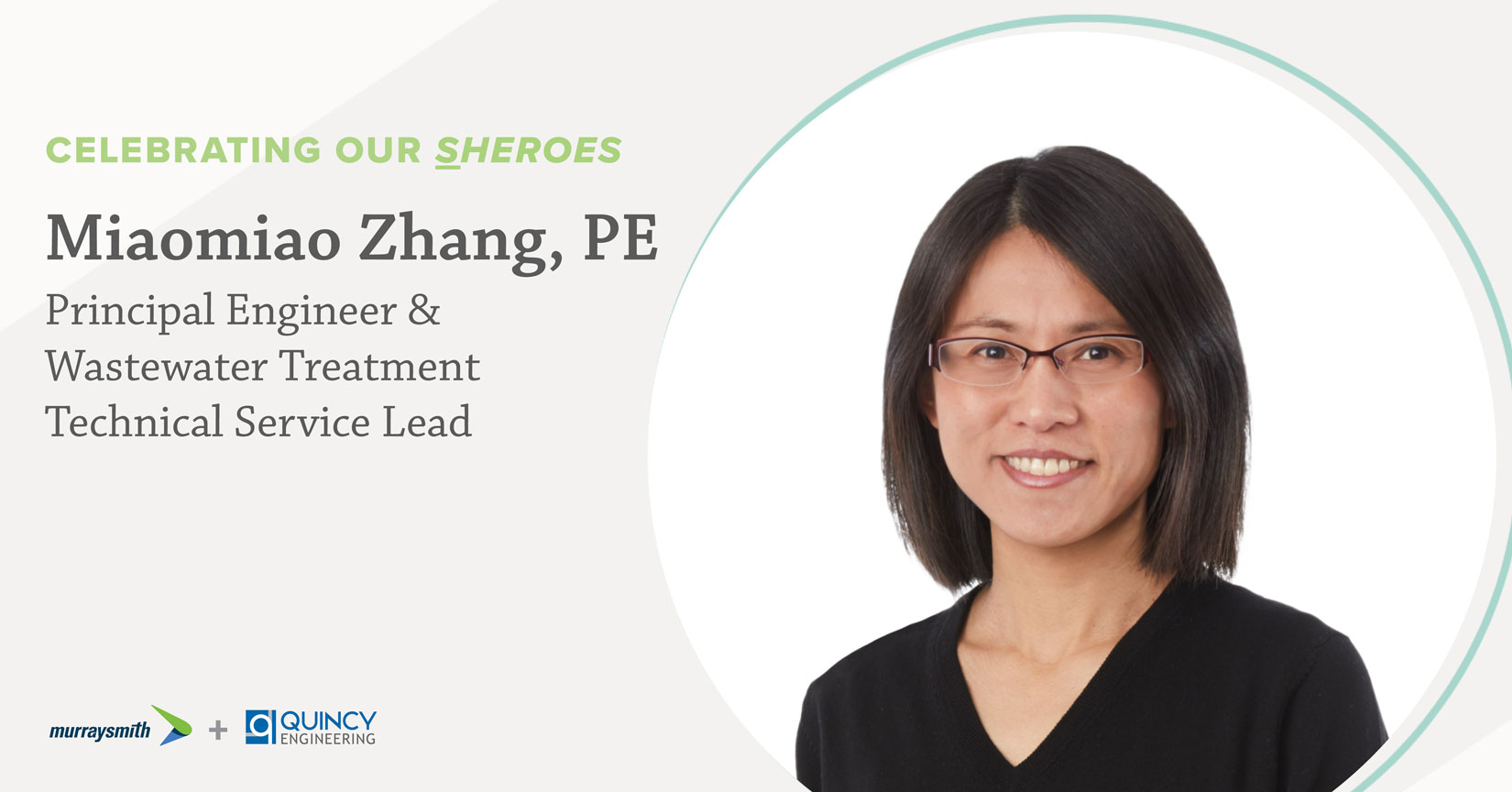At this year's Pacific Northwest Section-American Water Works Association Conference—the Northwest's largest conference and trade…

2021 World Water Day
The COVID-19 pandemic has changed almost every aspect of daily life over the past year. During this challenging time, we have come to better understand just how important clean water is in the fight to keep us all safe. This year, World Water Day focuses on the value of water and poses the question, “what does water mean to you?”
Murraysmith + Quincy completed our very first water system plan for the City of West Linn, Oregon, in 1982. Since that time, we have focused much of our work on water projects, recognizing how essential access to clean water is for our communities. We provide a range of services to our clients, covering planning and modeling; transmission, storage, and treatment design; funding assistance; public involvement; and construction management. Starting from the very beginning—before installation of pipelines, water treatment plants, or reservoirs—water master plans set the groundwork for the infrastructure that delivers water to the residents our clients serve.
But how do master plans take shape? Let’s take a peek behind the scenes! Here are some of the key aspects our planning group (one of the largest planning/modeling-dedicated teams in the Pacific Northwest) takes into consideration.
Evaluate the System’s Ability to Meet or Exceed All Regulatory Requirements and Level of Service Criteria
There are many components needed to deliver clean water to customers, and many of these are regulated. Master planning seeks to make sure all system components can meet or exceed these regulatory requirements and the utilities’ level of service criteria. This means looking at source supplies like rivers or wells, pumps, storage tanks, and pipe networks to see that they deliver clean, high-quality water to everyone that relies on the system. We take special consideration to allow delivery during a range of conditions, from peak summer irrigation water demands to emergency power outages or fire conditions.
Project and Plan for Growth
Systems must continue to meet and exceed level of service criteria even as they grow and change. Master planning includes projections for how much water will be required in the future. This considers factors like historic growth and water usage trends, as well as sensitivity to future impacts like conservation measures.
Understand Hydraulic Interactions and Ways to Optimize the Existing Infrastructure
When assessing system shortfalls and needed improvements, we first consider how to maximize use of the existing system. Optimization of the system can occur through operation modifications and leveraging system interconnectivity. For example, we can leverage excess storage capacity in one area of the system to meet storage deficiencies in another through pump stations or pressure reducing valves. We use calibrated hydraulic models to evaluate potential system improvements and modifications.
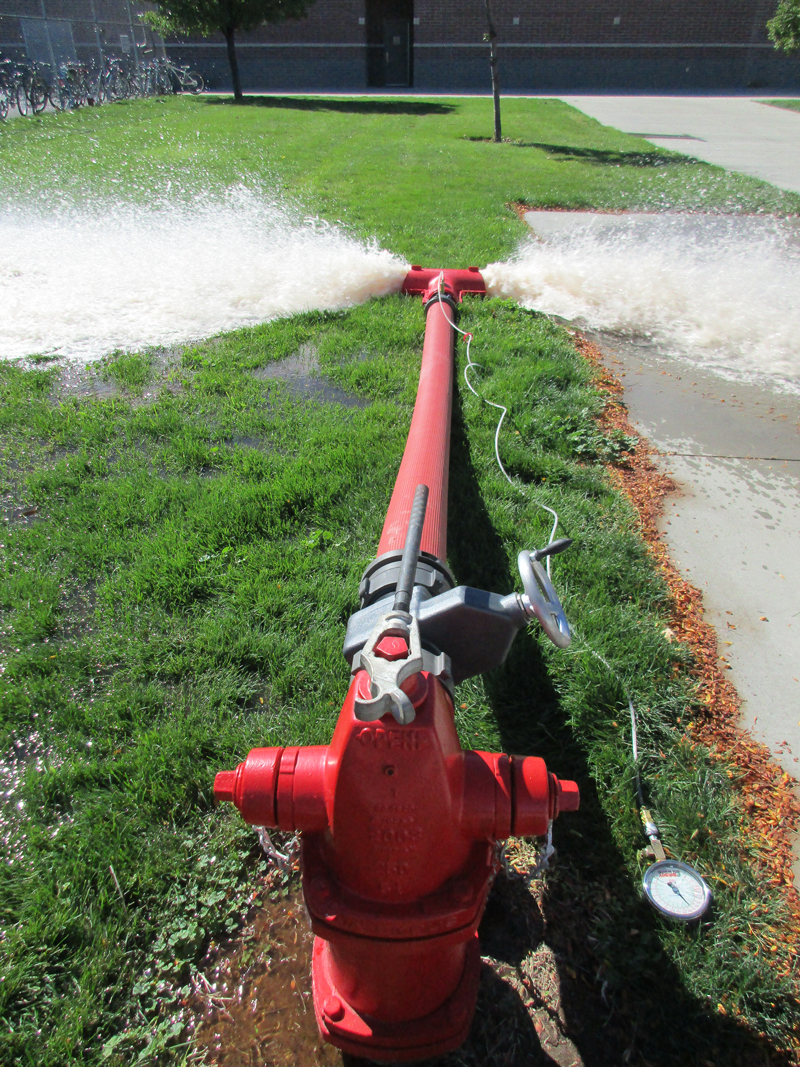
Hydrant During Flow Testing
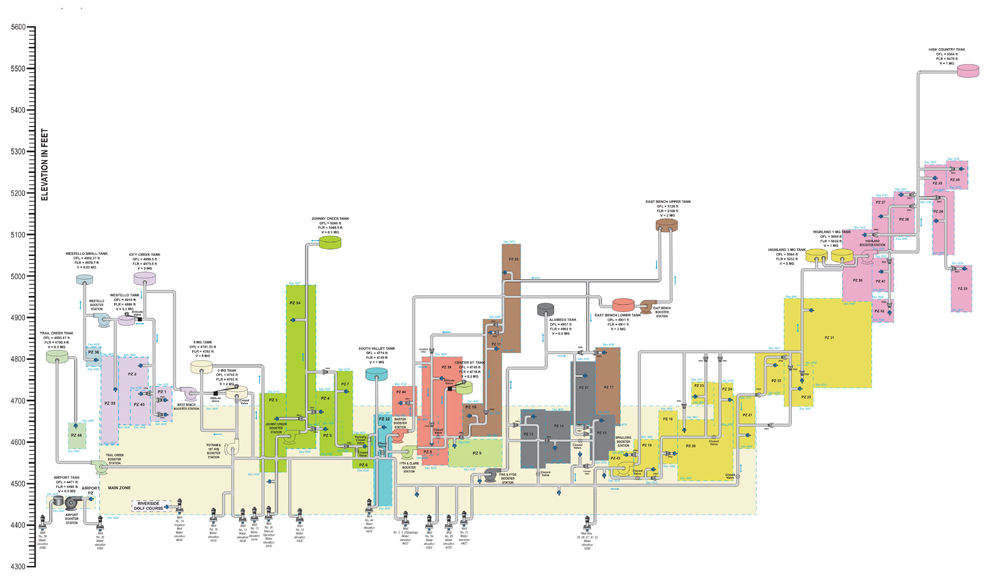
Hydrant Flow Testing for Model Calibration
Determine Required Improvement Projects and Create a Capital Improvement Plan with Adequate Funding
The culmination of the master planning process is understanding what system improvements are required now and to meet future demands. We determine what type and size infrastructure is needed and review the utility budget to plan for improvements.
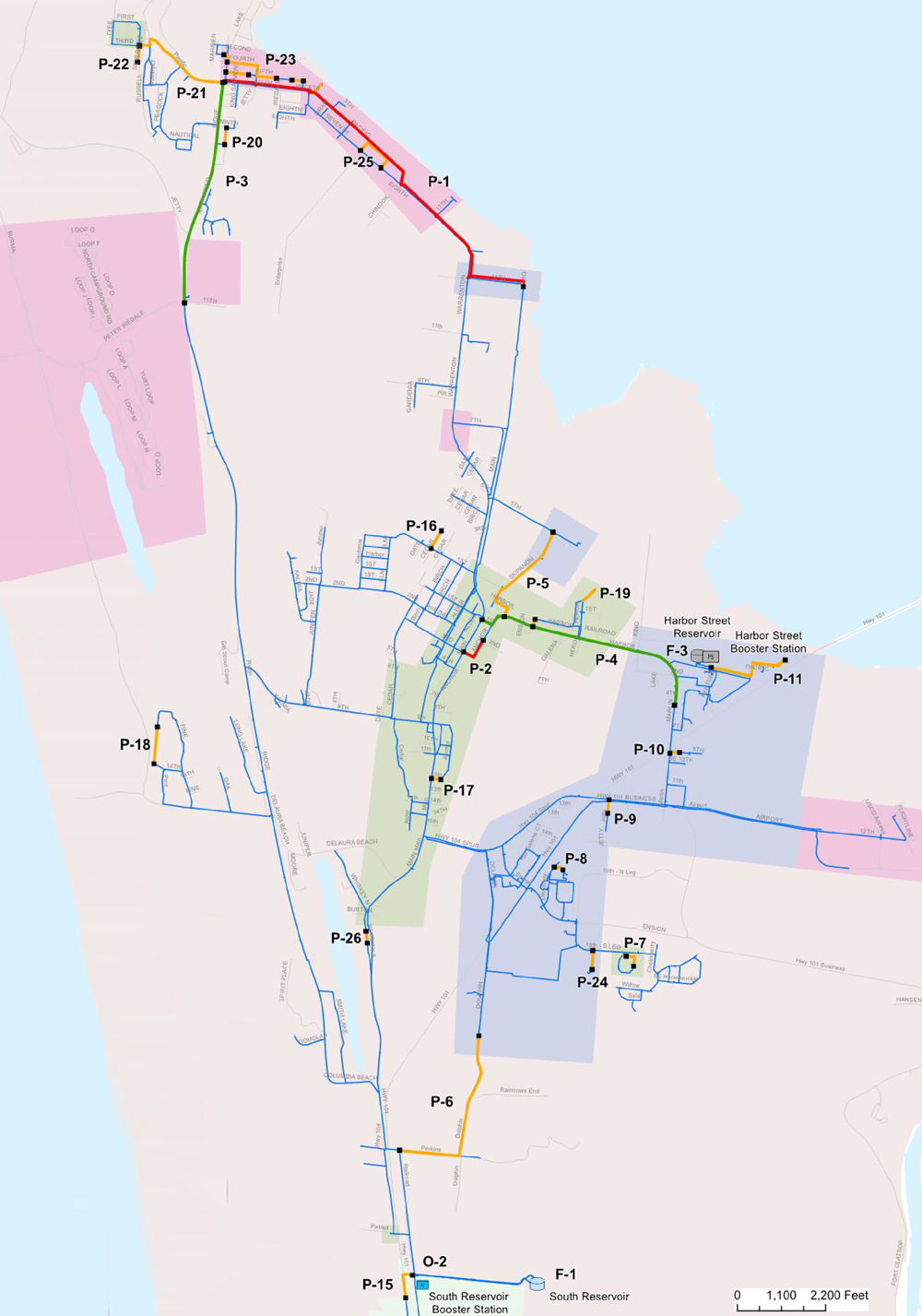
City of Warrenton Capital Improvement Plan
With the COVID-19 pandemic, we are all more cognizant of the importance of water, which we not only use to drink but to wash our hands, masks, and surfaces around our homes and workplaces. It is critical that we have access to this clean water to keep us healthy. Murraysmith + Quincy is always working towards improving our water system through planning efforts and staying up to date with the most efficient and practical solutions. So, the next time you’re washing your hands for the CDC recommended 20-second minimum, think about all the factors that went into getting that water to you!


